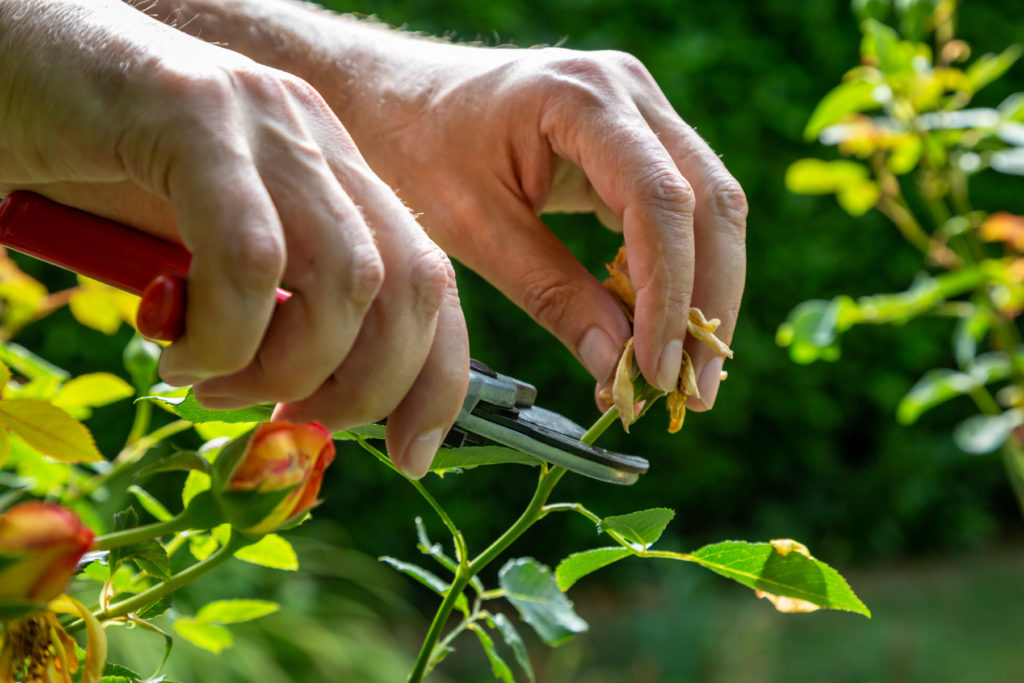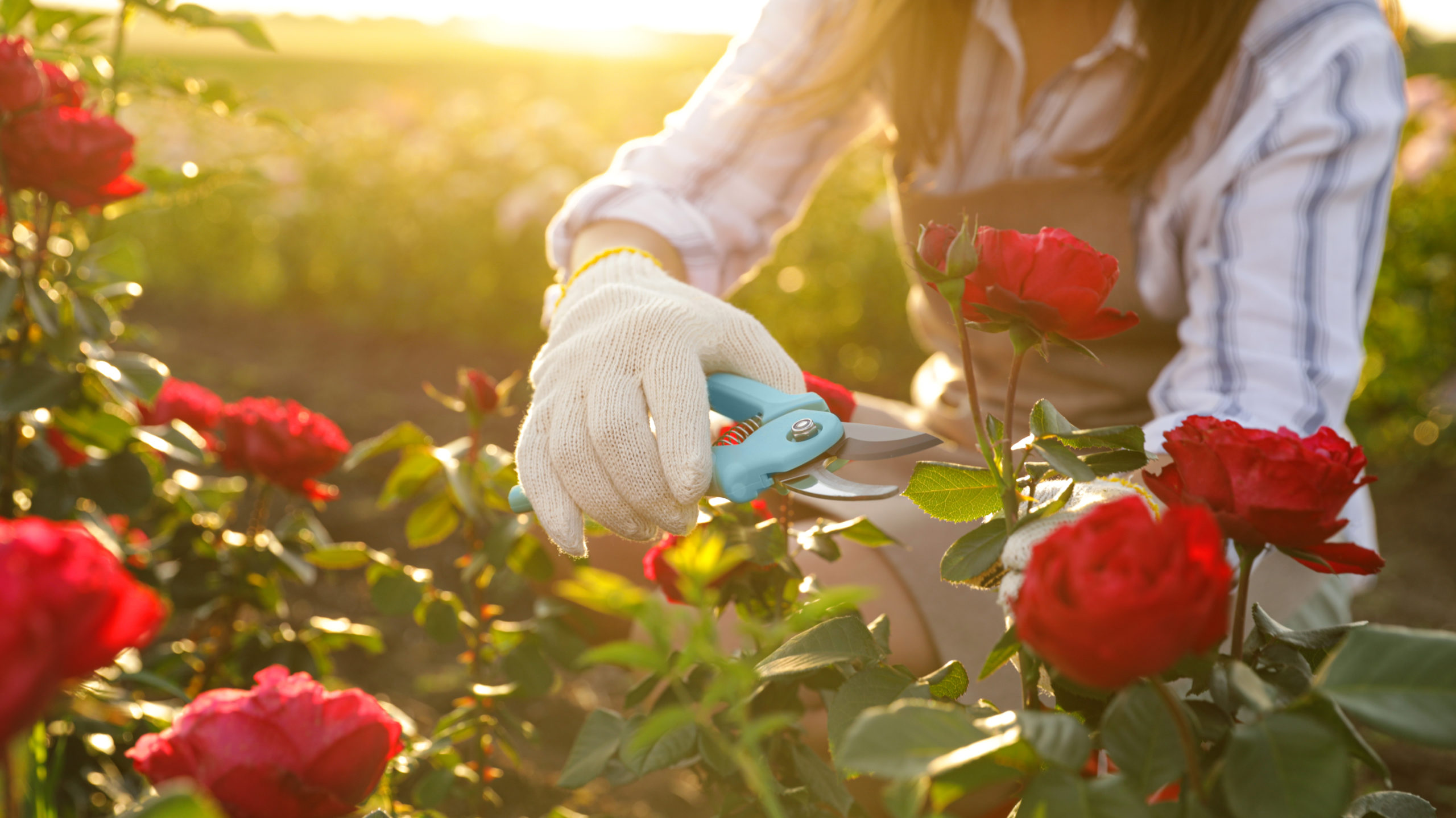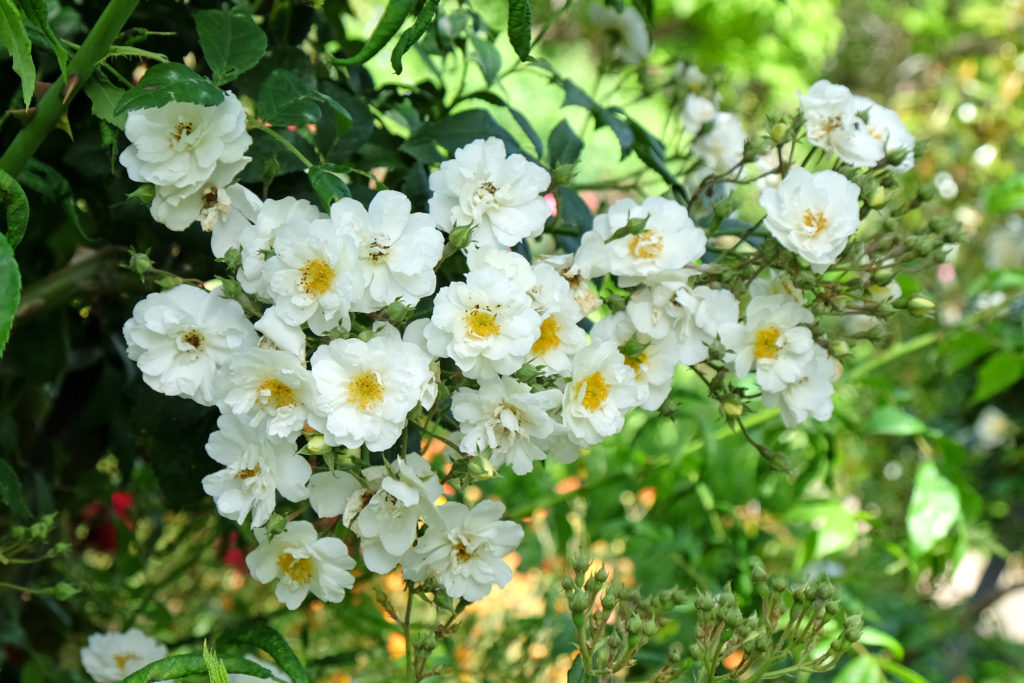Deadheading is essential for maintaining a rose’s beauty and health. It involves removing spent blooms to encourage new flower production, improve plant appearance, and prevent the formation of rose hips that can reduce blooming potential. Gardeners can extend the blooming season by regularly deadheading roses and ensuring vigorous plant growth.
Deadheading redirects the plant’s energy from seed production to creating new flowers. If faded blooms are left on the plant, they develop into rose hips, which signal the plant to slow down or stop producing flowers. Removing spent blooms encourages continuous flowering and keeps the plant tidy and vibrant.

The best time to deadhead roses is as soon as flowers begin to fade or wilt. Frequent deadheading throughout the growing season helps maximize blooms and keeps the rose healthy. The process can be done every few days, especially during peak blooming times, to ensure the plant remains productive.
There are different techniques for deadheading roses, depending on the type of rose and the desired growth pattern. For hybrid teas and floribunda roses, deadheading should be done by cutting the spent flower back to the first outward-facing five-leaflet leaf. This encourages new growth in an outward direction, preventing overcrowding in the center of the plant. For shrub and ground cover roses, a lighter approach can be used, such as simply snipping off the faded blooms just above a set of healthy leaves.
To properly deadhead roses, sharp and clean pruning shears should be used to make a precise cut. Dull or dirty tools can damage stems and increase the risk of disease. Making the cut at a slight angle, about half a centimeter above a healthy leaf node, is important. This allows water to run off the cut surface and prevents moisture-related issues such as rot.
While deadheading promotes continuous blooms, it should be stopped in late summer to early autumn, about six weeks before the first frost. Allowing the plant to form rose hips in the autumn helps signal dormancy and prepares the plant for winter. This process strengthens the rose bush and helps it survive colder temperatures.
Proper deadheading not only enhances the appearance of a rose garden but also improves the overall health of the plant. By removing spent blooms regularly, roses will continue to produce abundant flowers and maintain their vitality throughout the growing season. With consistent care and the right technique, deadheading is a simple yet effective way to keep roses flourishing and beautiful.


